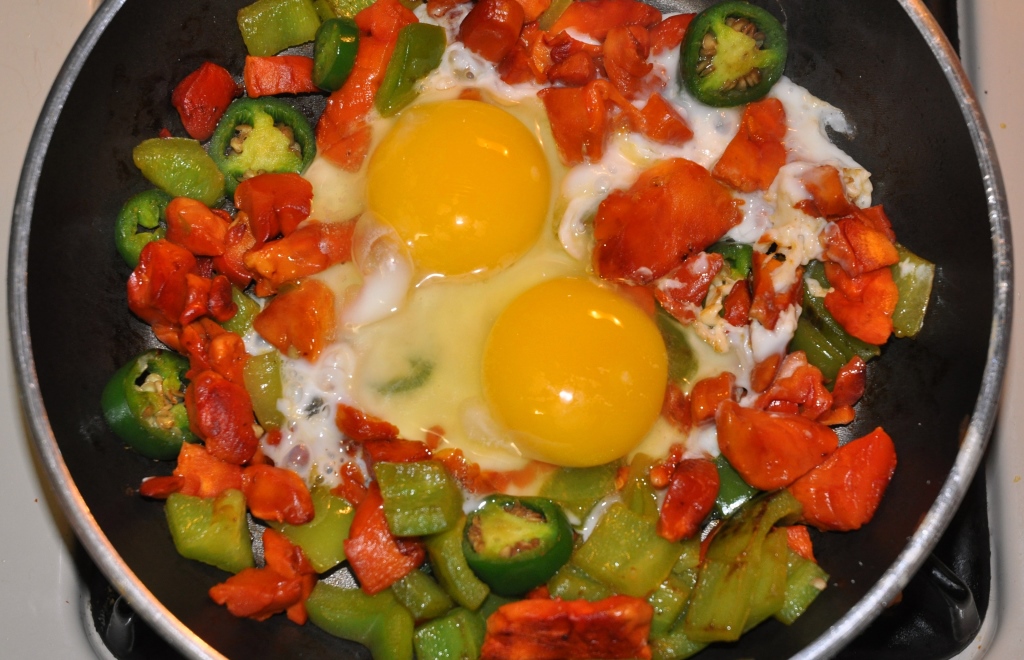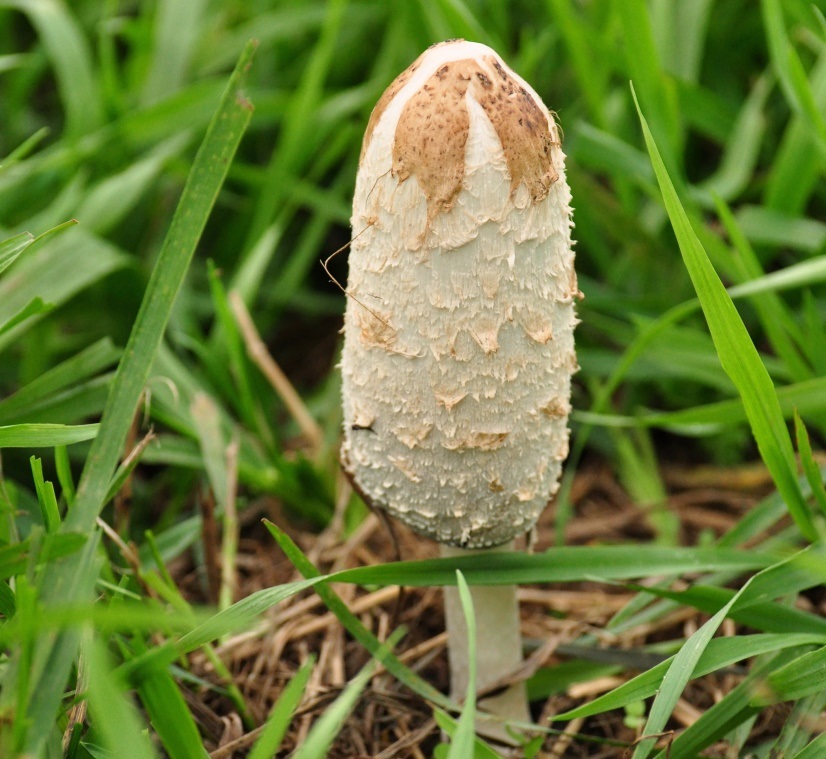Photography courtesy of Lowell Washburn, all rights reserved.
Although hunting for summer mushrooms may be a lot different than searching for spring morels, it can be just as rewarding. Despite the fact that summer foliage is generally much denser than spring ground cover, finding woodland mushrooms can actually be easier in August than it was back in April or early May.
Spring morels, for example, are shy, crafty and secretive. A spring hunter may easily pass within literal inches of a hiding morel and never know it was there – “If it was a snake, it could’ve bit me.” By contrast, summer mushrooms are bold and beautiful, proclaiming their whereabouts with bright colors supported by noncamouflaged, easily detected profiles.

The sulfur shelf – commonly referred to as chicken-of-the-woods – is one of Iowa’s most popular warm weather species. Sulfur shelves can be found on trunks, stumps, or deadfalls. If the species is present, locating the chicken is a no brainer. Like a glowing lantern beneath the dimly lit forest canopy, the mushroom’s bright orange and yellow colors can often be spotted from distances of forty or fifty yards. Once harvested, I like to dice the shelves into quarter or half inch chunks and sauté in butter or olive oil. They can provide a stand-alone entrée or can be seasoned and mixed with vegetables, egg, meat or jalapenos. As is the case with all wild mushrooms, chicken-of-the-woods is best when captured young and fresh.


The puff ball is another great tasting, easy to find summer mushroom. Puffballs, without exception, are residents of the forest floor. Think ‘soccer ball’ when hunting them. The snow-white puffball is huge, and really is about the same size and color as a new soccer ball. Puffballs have incredibly dense meat, and getting full may only require a single serving. When cut in half, puffballs should have a uniform, ivory color all the way through. When the interior color of mature specimens begins to turn off-white or light yellow, they are past prime.

The shaggy mane – also known as the inky cap – is another easy to identify, easy to spot wild delicacy. In contrast to other summer mushrooms, shaggy manes are often found in open spaces – either singly or in small groupings. Abandoned pasture, lawns, and grassy woodland edge are prime habitats. Inky caps prefer hard, gravely or sandy soils, and I’ve never seen one growing on wood. Listed as one of the most nutritious of the wild mushrooms, shaggy manes are delicate and flavorful. Unfortunately, they are extremely short-lived with their prime of life only lasting for a day or two. Once harvested, they deteriorate rapidly. I once picked a group of newly emerged prime specimens at the edge of a duck marsh boat ramp eight miles from home. Although I drove directly to my kitchen, the mushrooms’ gills were beginning to exude ‘black ink’ by the time I hit the driveway. Although some people contend that ‘weeping’ inky caps remains safe to consume – I have never had the desire to try any in that condition. The familiar phrase “When in doubt, throw them out” remains my motto.

The golden oyster is Iowa’s newest species of wild mushroom and is a taste treat that every outdoor enthusiast should be aware of. A woodland native of China and Japan, the golden oyster thrives on, but is not restricted to, decaying hardwoods. The species appears in multi-stemmed clumps topped with golden or yellow caps of varying sizes. The cap’s underside is composed of delicate, ivory-white gills. Although commonly found in the street markets of southeastern Asia, the delicate species has an extremely short shelf life which restricts widespread commercial value. Oyster mushrooms are easily cultivated, however, and the westward march of North American populations are thought to have originated as “escapees” from homegrown mushroom gardens in the eastern U.S. University of Wisconsin researcher, Andi Bruce, has been tracing the U. S. naturalization of golden mushrooms. So far, the species has been documented in ten northern states, and has likely spread to others. A lover of summer heat and humidity, golden oysters can occur on ground level deadfalls as well as on the trunks of both dead and healthy trees. In Iowa, the species is becoming increasingly abundant. In the opinion of a growing number of enthusiasts, the golden oyster ranks as the best of the best when it comes to earthy, full blown wild mushroom flavor.


 Tom Cope
Tom Cope Sue Wilkinson
Sue Wilkinson Susan Judkins Josten
Susan Judkins Josten Rudi Roeslein
Rudi Roeslein Elyssa McFarland
Elyssa McFarland Mark Langgin
Mark Langgin Adam Janke
Adam Janke Joe Henry
Joe Henry Kristin Ashenbrenner
Kristin Ashenbrenner Joe Wilkinson
Joe Wilkinson Dr. Tammy Mildenstein
Dr. Tammy Mildenstein Sean McMahon
Sean McMahon